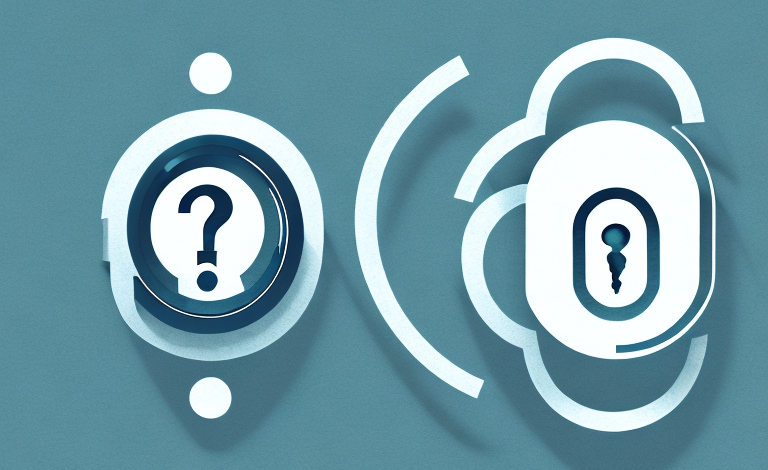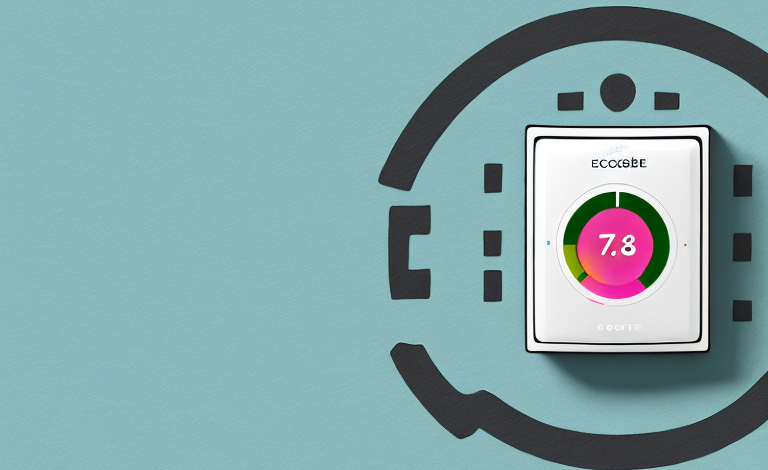If you’re experiencing issues with your smart lock, you’re not alone. While these devices offer a lot of convenience and security, they can also be prone to problems. In this article, we’ll explore the various reasons why smart locks can fail, and how to troubleshoot these issues.
How smart locks work
Before we dive into the problems, it’s important to understand how smart locks work. These locks are designed to connect to your home Wi-Fi network, allowing you to control them remotely using a mobile app. They typically use Bluetooth or RFID technology to communicate with your smartphone or key fob, and some models even offer voice activation.
Common reasons why smart locks fail
There are a few common reasons why smart locks can fail. One of the most obvious is a weak or unstable Wi-Fi signal. If your lock is having trouble connecting to your network, it may not function properly. Other potential issues include low battery life, mechanical failures, or simply user error.
Another reason why smart locks can fail is due to software glitches or bugs. Sometimes, updates to the lock’s firmware can cause unexpected issues that affect its performance. Additionally, if the lock is integrated with a smart home system, compatibility issues with other devices can also cause problems. It’s important to regularly check for updates and ensure that all devices are compatible with each other to avoid any potential issues.
Is your smart lock properly installed?
If your smart lock is not functioning correctly, it’s important to first ensure it was installed properly. Double-check that all connections are secure and that the lock is correctly aligned. It’s also a good idea to make sure the lock’s firmware is up to date by checking for updates via the manufacturer’s app.
Another important factor to consider when installing a smart lock is the type of door it will be installed on. Some smart locks are not compatible with certain types of doors, such as those made of metal or glass. It’s important to check the manufacturer’s specifications to ensure that the lock is compatible with your door before installation.
Additionally, it’s important to consider the security of your smart lock. Make sure to choose a lock that has strong encryption and authentication protocols to prevent hacking attempts. It’s also a good idea to use a unique and strong password for your lock’s app and to enable two-factor authentication if available.
How to troubleshoot smart lock problems
If your smart lock is still not working properly, there are a few things you can try to troubleshoot the issue. First, make sure there are no physical obstructions preventing the lock from functioning correctly. Next, try resetting the lock by following the instructions provided by the manufacturer. If none of these steps work, it may be time to contact the manufacturer for additional support.
It is also important to check the battery life of your smart lock. If the battery is low, the lock may not function properly. Make sure to replace the batteries regularly to avoid any issues. Additionally, if you have recently updated your smartphone or the app used to control the lock, there may be compatibility issues. Check for any updates or contact the manufacturer for assistance.
Smart lock battery issues and solutions
One of the most common issues with smart locks is low battery life. A fully charged battery should last anywhere from three to six months or longer depending on how often the lock is used. Make sure the batteries are inserted correctly, and consider purchasing high-quality rechargeable batteries for extended use.
Another solution to smart lock battery issues is to use a smart lock that has a low battery indicator. This feature will alert you when the battery is running low, giving you ample time to replace it before it dies completely. Some smart locks even have a backup power source, such as a USB port or a physical key, in case the battery does die.
It’s also important to note that extreme temperatures can affect the battery life of a smart lock. If the lock is exposed to very high or very low temperatures, it may drain the battery faster than usual. To prevent this, try to install the lock in a location that is protected from extreme temperatures, such as inside a covered porch or entryway.
The importance of firmware updates for smart locks
Firmware updates can help resolve issues with your smart lock and improve its performance. Regularly check for updates, follow the manufacturer’s instructions to install them correctly, and keep your lock’s firmware up to date.
What to do when your smart lock malfunctions
In some cases, a smart lock may malfunction and stop working entirely. If this happens, it’s important to remain calm and follow the manufacturer’s instructions for troubleshooting the issue. If you can’t resolve the problem on your own, don’t hesitate to contact the manufacturer for additional support or to request a replacement.
Smart lock error codes and what they mean
If you’re seeing error codes on your smart lock, don’t panic. These codes are designed to help you troubleshoot issues more efficiently. Consult the manufacturer’s website or user manual to find out what the error code means, and how to resolve it.
How to reset your smart lock
If you’re experiencing issues with your smart lock, resetting it may help resolve the issue. Follow the manufacturer’s instructions to reset the lock correctly, and be sure to have your backup code or key handy just in case.
When to call a professional for help with your smart lock
If you’ve tried all the troubleshooting steps and your smart lock is still not functioning properly, it may be time to call in a professional locksmith. Look for a reputable and experienced locksmith in your area who specializes in smart locks for optimal results.
Preventive measures to keep your smart lock functioning properly
To prevent future issues with your smart lock, be sure to perform routine maintenance and regular updates. Keep batteries fresh and fully charged, and make sure the lock is not exposed to extreme temperature or moisture. Also, avoid using force when locking or unlocking your smart lock as this can cause damage over time.
The future of smart locks and home security
Smart locks are already revolutionizing the way we secure our homes, and this trend is expected to continue in the coming years. In the future, we can expect to see advanced features such as facial recognition, automatic locks, and increased integration with other smart home devices. As always, be sure to stay up to date with the latest technology and security features to keep your smart lock functioning properly and your home secure.



